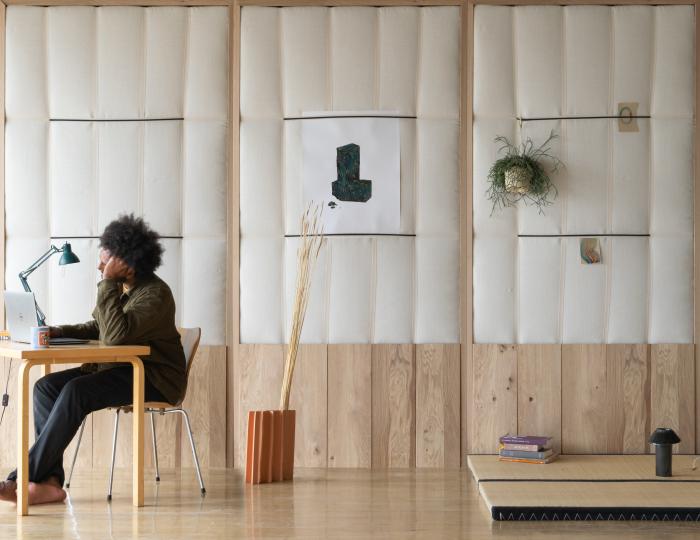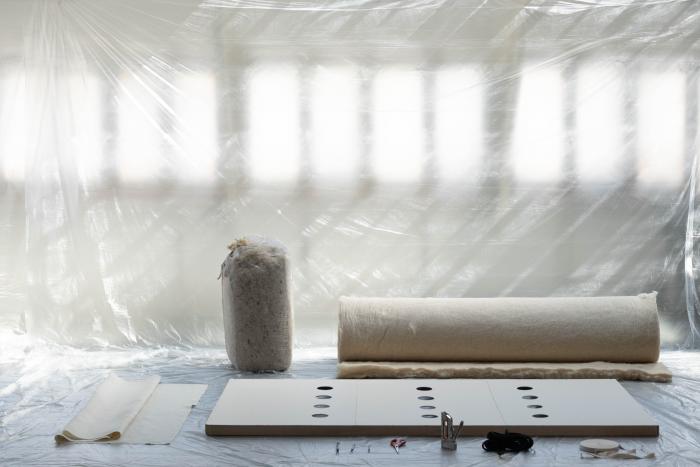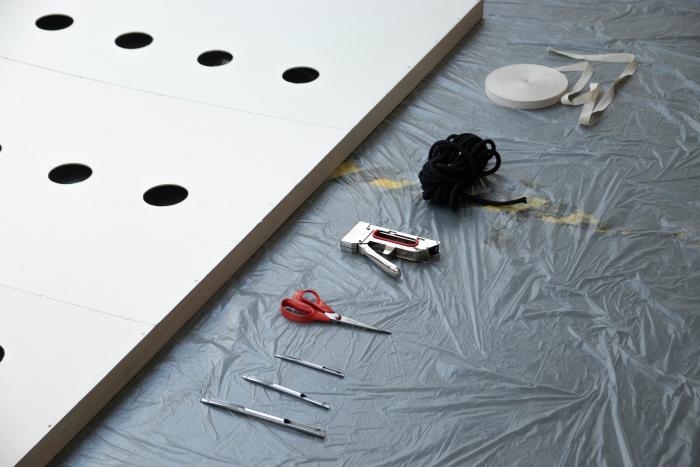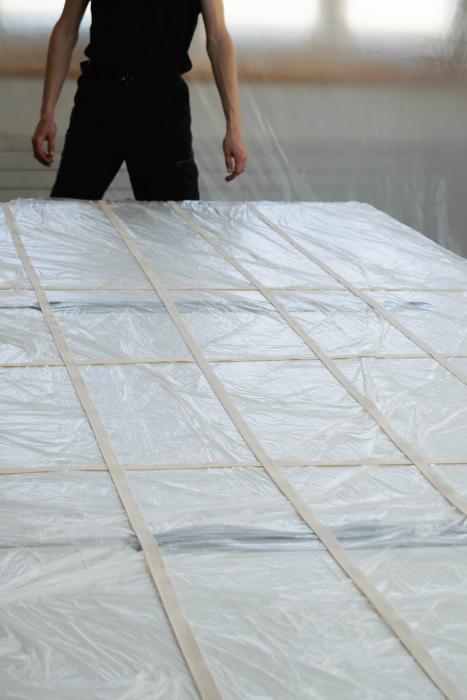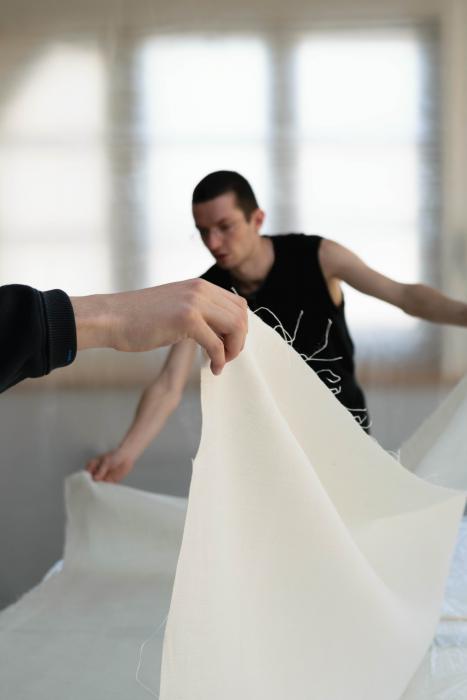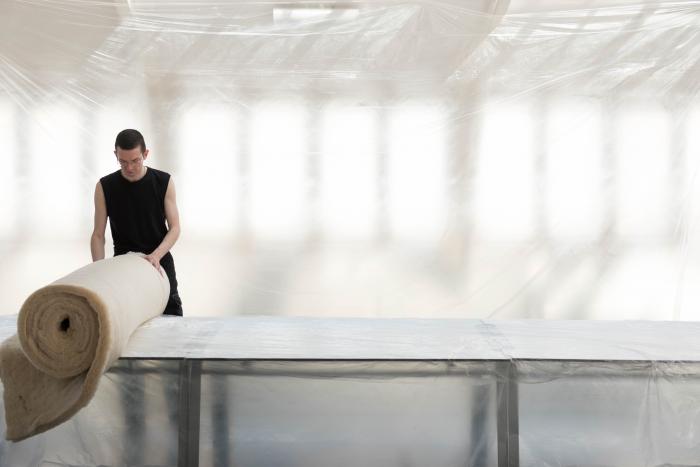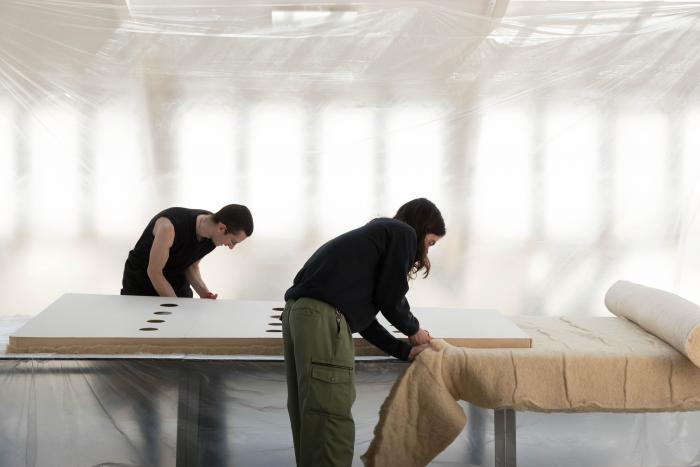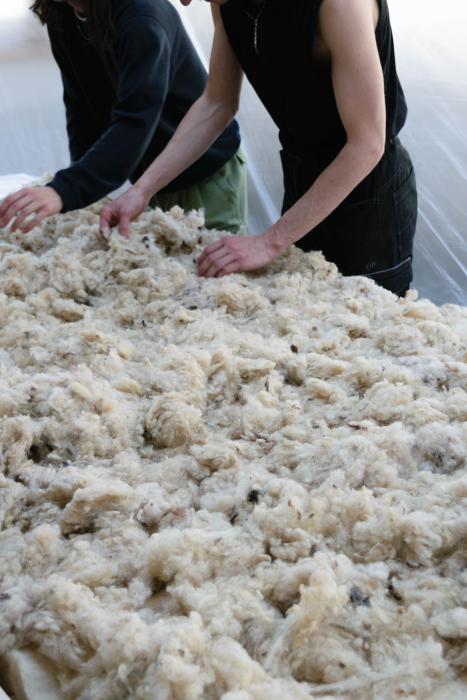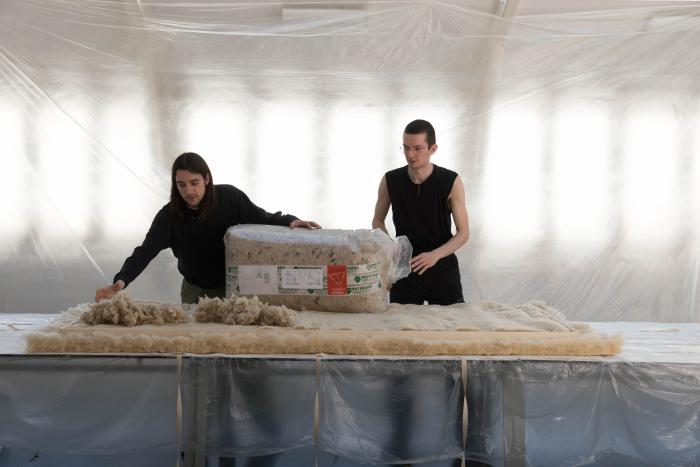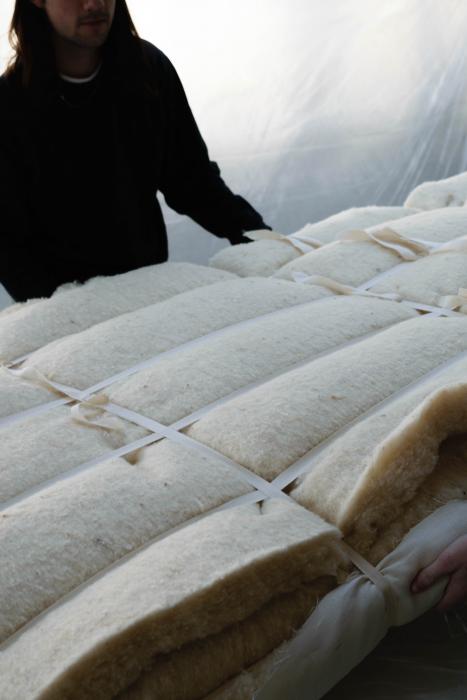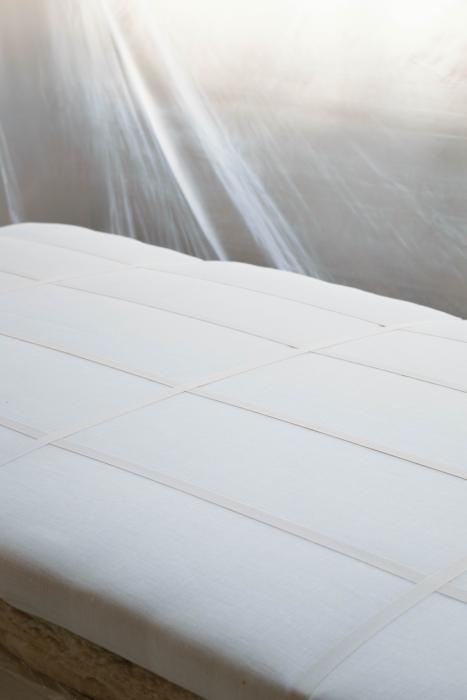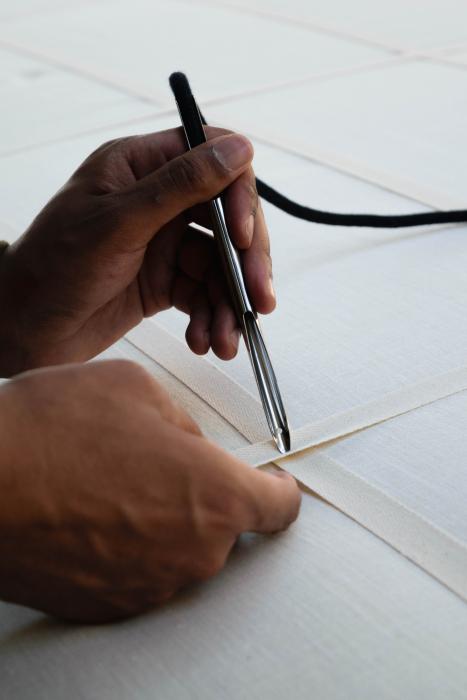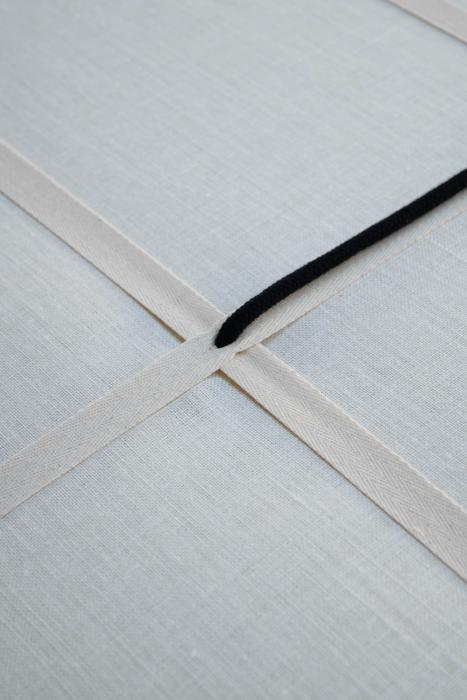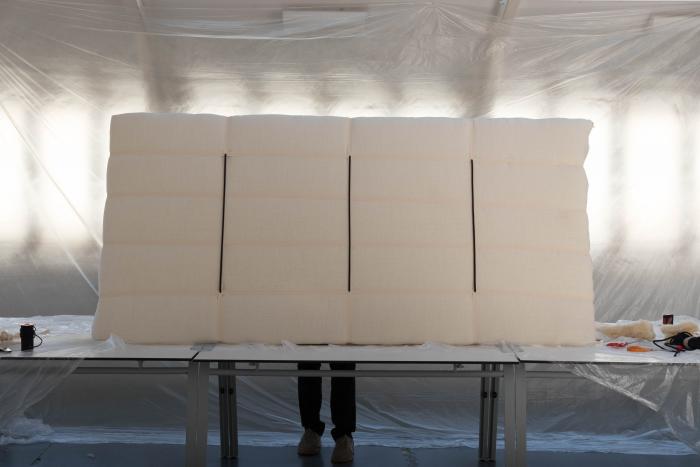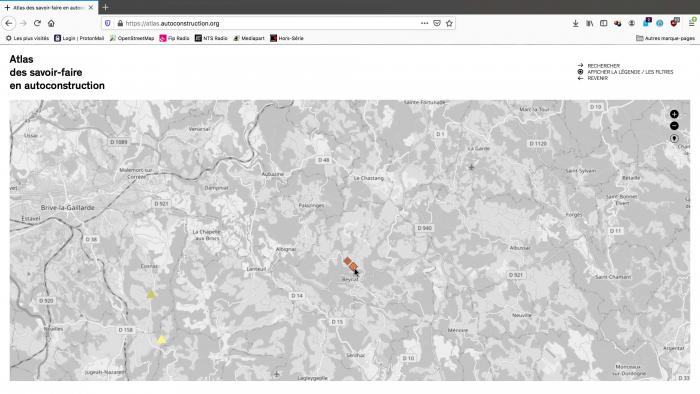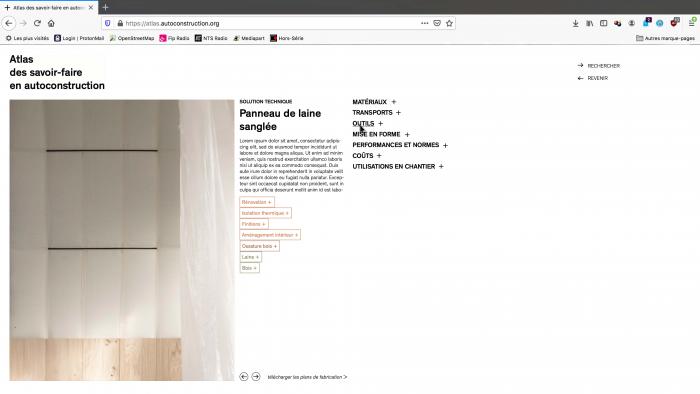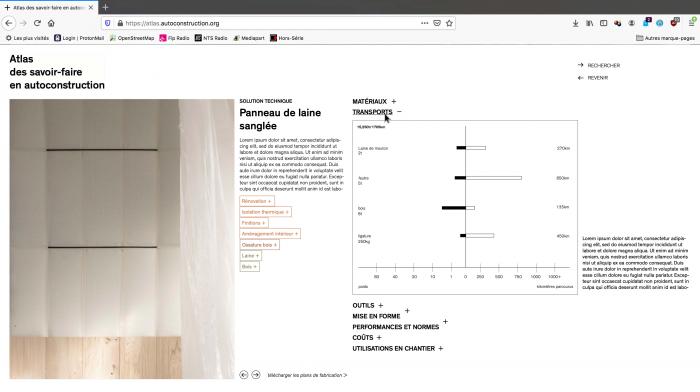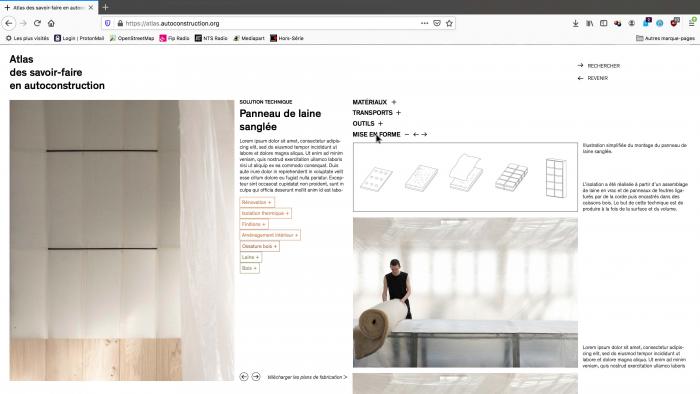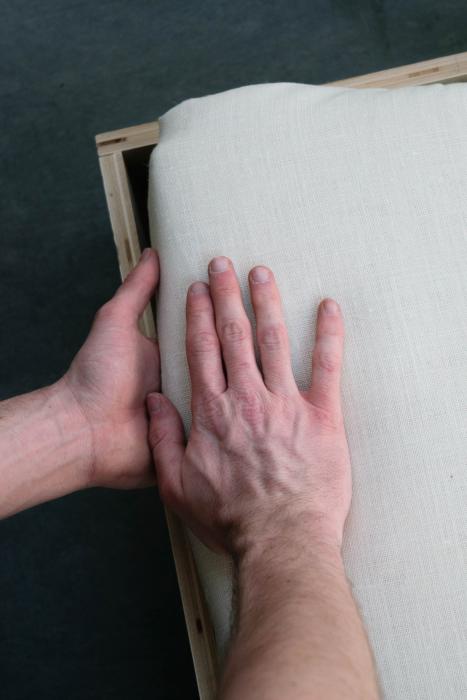I. SUMMARY INFORMATION
Project
269476
Status
Submitted
Award category
Techniques, materials and processes for construction and design
You want to submit
NEW EUROPEAN BAUHAUS RISING STARS : concepts or ideas submitted by young talents (aged 30 or less)
Project title
Wool Wall
Full concept/idea title
Wool Wall - research on insulation
Description
One of the major challenges when reducing domestic energy consumption in housing is the heating system. Therefore, insulation is key.
In France, sheep’s wool is also facing a major crisis. In many cases, this high-quality material is burned or exported due to its expensive cost of treatment. Facing these two problems, the project Wool Wall explores new ways of shaping insulation by proposing a wool panel, adapted for self-construction and interior renovation.
Where is your concept/idea being developed or intended to be implemented in the EU?
France
Île-de-France
145bis Boulevard Voltaire, 10/12 allée du philosophe
Paris
75011
II. DESCRIPTION OF THE PROJECT
Please provide a summary of your concept/ idea
The building industry is facing a major challenge: insulation. Nowadays the heating system has the biggest impact in terms of domestic energetic consumption. In France, about 80% of the sheep wool is either burned or exported to China to be spun. This last option has dropped off since the COVID-19 crisis, therefore, this high-quality material is reduced to industrial waste. Based on this double problem, Wool Wall offers to use thermal properties of the sheep wool and explores new ways of shaping insulation. A simple composite results of this research: a panel made of carded wool, loose wool and textile assembled by a net of straps. Wool Wall provides a thermic, acoustic and hygroscopic interior insulation that achieves all the criteria of the french RT2020 norms.
The panel’s construction process doesn’t need expensive electrical powered tools. It relies on the quality of craftsmanship, making it accessible for self-construction projects. The assembling and disassembling of the panel can be completed without any glue or screws allowing easy cleaning. Once assembled, the panel fits in standard pre-constructed wooden structures. Wool Wall’s simplicity transforms the building process into a time of learning.
Wool Wall is rather a construction guideline than a product. To share the process in an open-source model, an online platform has been developed. Working as an archive website, it showcases projects that use sustainable construction techniques. Plans and images are available to recreate those techniques as well as a map that pin where materials have been sourced and their distances from the construction site.
Please give information about the key objectives of your concept/idea in terms of sustainability and how these would be met
In France, 90% of the 14 000 tons of wool produced each year is burned or sent to China to be spun. The price of the annual mowing is more expensive than the price of the wool itself: sheep farmers cannot create value from this high-quality material.
The key point here relies on transforming waste into a resource that fills the need for bio-sourced materials in contemporary construction.
The 20th century’s European construction methods have been using materials, such as brick, concrete or stone, with a low insulation ratio. Thermal comfort was then brought by heating systems, which represents, according to the ADEME, the French agency for ecological transition, about 62% of the actual domestic carbon footprint consumption. We can lower it down by 80% with efficient insulation, using wool-based solutions. Wool Wall’s online platform will act as a tool that connects different European actors from construction to ensure new circularities, to provide autonomous solutions, adapted to many local contexts.
Please give information about the key objectives of your concept/idea in terms of aesthetics and quality of experience beyond functionality and how these would be met
Wool Wall initiates a new gaze on the wall. With the textile and softness of the carded wool, the panel allows different types of interactions with what is usually known as hard surfaces. The net of straps, first structural, creates a functional pattern where pictures, lights or suspensions can be hooked. Like brickworks, the construction allows a pattern to be visible: created by the net of straps, variations can be imagined, brought by changing the nature of the textiles, the rhythms of the pattern or the colour of the straps. Wool Wall’s structural element becomes a decorative asset.
Please give information about the key objectives of your concept/idea in terms of inclusion and how these would be been met
Switching from heavy to light construction materials, Wool Wall’s building process becomes accessible to everybody. This lightness of the materials and the simplicity of tools also prevent workers from long-term injuries. Moreover, inhalations are not toxic, which also prevent any types of health problems. If carded wool is more expensive than traditional insulation material, the fact that Wool Wall doesn’t need expensive tools to be mounted balances the overall cost. The facility chooses craftsmanship, which favours learning and recognition of craftsman work. The building time becomes a moment of transmission, the masonry becomes sewing.
Please explain the innovative character of your concept/ idea
This sentence of the french writer Mona Chollet perfectly introduces the innovative character of the Wool Wall project.“One will not be surprised by the interest that shows, towards vernacular architecture and traditional craftsmanship, those who want to let themselves be guided by uses. It is not to reproduce ancient forms versing in nostalgia but rather grasping the long experience that selected and fashioned them. To understand the main principles and to rely on creators of the past and be able to be as bold as they were in their times”
First felted then spun, wool has been a part of domestic uses in many forms for ages. With carded wool, loose wool and textile, these forms merge consciously in the Wool Wall. Contemporary innovation relies here on a contextualized use of material, rather than technological accumulation. However, the thermal comfort brought by a certain form of frugalism makes sense in this timeframe of our history, where insulation appears as a new architectural typology that can bring solutions to fight climate changes. Wool Wall both achieve to renew the imaginaries of construction and interior.
Please detail the plans you have for the further development, promotion and/or implementation of your concept/idea, with a particular attention to the initiatives to be taken before May 2022
The Wool Wall project is a part of broader research developed during the diploma project in ENSCI - Les Ateliers. Development axes are multiple. Making a functional prototype has been the occasion to validate the panel's functionality.
The next short-term goal is to implement it into collaborative and self-constructed building projects. In parallel, developing and testing the online platform will be the occasion to bring together, meet and collaborate with all European actors that are interested in self-construction and sustainable processes. Middle term goal will be to give a space of visibility for bold projects that do not belong to the classical construction industry. As isolation is becoming an architectural subject in itself, a long-term goal is to pursue this research with a wide diversity of bio-sourced materials, such as straw, paper pulp, or cork.
III. UPLOAD PICTURES
IV. VALIDATION
By ticking this box, you declare that all the information provided in this form is factually correct, that the proposed concept/idea has not been proposed for the New European Bauhaus Rising Stars Awards more than once in the same category.
Yes
